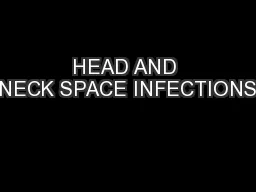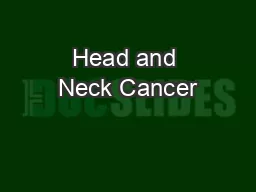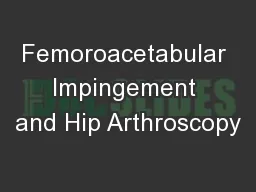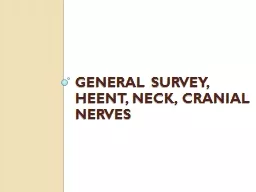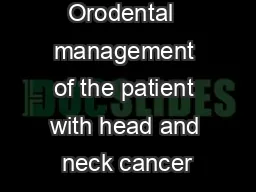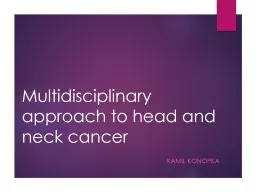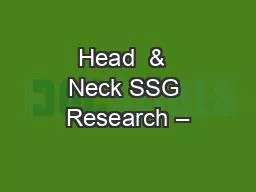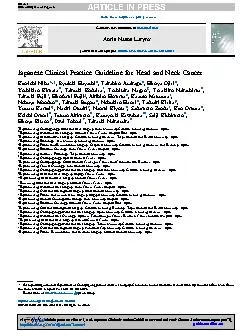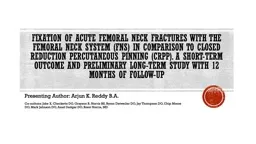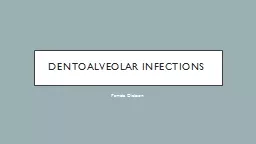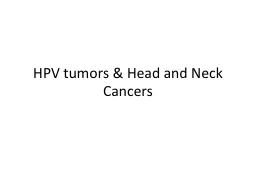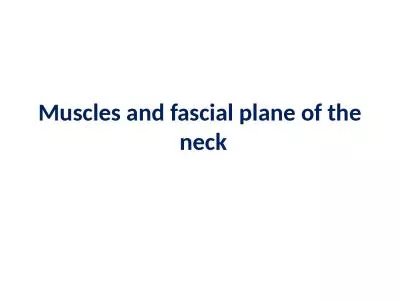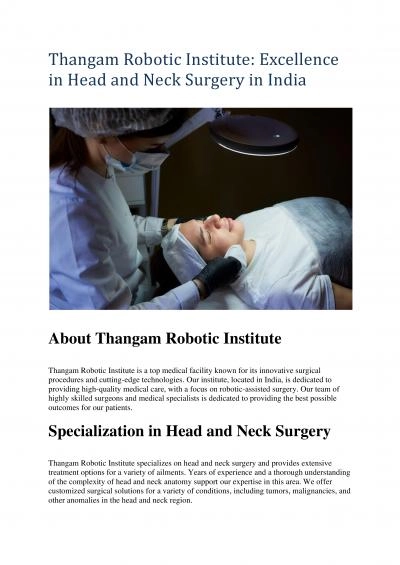PPT-HEAD AND NECK SPACE INFECTIONS
Author : stefany-barnette | Published Date : 2018-03-23
Dr KCSUDEEP PERITONSILLAR ABSCESSQUINSY It is a collection of pus in the peritonsillar space which lies between capsule of tonsil and the superior constrictor muscle
Presentation Embed Code
Download Presentation
Download Presentation The PPT/PDF document "HEAD AND NECK SPACE INFECTIONS" is the property of its rightful owner. Permission is granted to download and print the materials on this website for personal, non-commercial use only, and to display it on your personal computer provided you do not modify the materials and that you retain all copyright notices contained in the materials. By downloading content from our website, you accept the terms of this agreement.
HEAD AND NECK SPACE INFECTIONS: Transcript
Download Rules Of Document
"HEAD AND NECK SPACE INFECTIONS"The content belongs to its owner. You may download and print it for personal use, without modification, and keep all copyright notices. By downloading, you agree to these terms.
Related Documents

